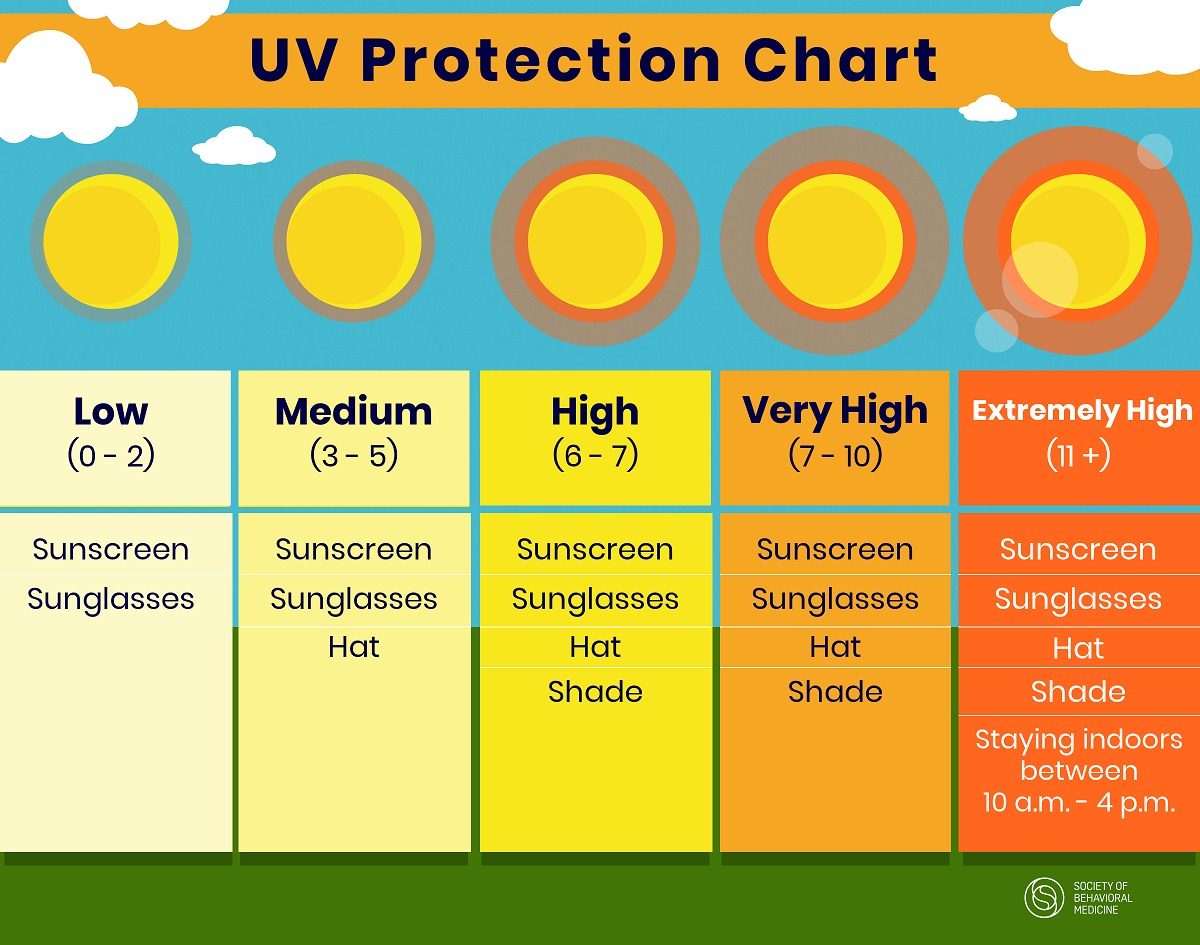Sun Safety: How to Protect your Skin from the Sun this Summer and All Year Round

Written By: Mary Riley - Research Program Coordinator at Rutgers Cancer Institute of New Jersey; Jerod Stapleton, PhD - Associate Professor of Medicine, Rutgers Cancer Institute of New Jersey; Carolyn Heckman, PhD - Associate Professor of Medicine, Rutgers Cancer Institute of New Jersey; Elliot Coups, PhD - Associate Professor of Medicine, Rutgers Cancer Institute of New Jersey
As summer quickly approaches, it’s a good time to think about your sun safety routine. It doesn’t matter what your summer plans are; protection from the sun should always be a part of them. These same strategies apply all year round.
Excessive exposure to ultraviolet (UV) radiation from the sun or tanning beds not only can lead to painful and ugly sunburns that can ruin summer fun, but UV is also the major cause of skin cancer and skin aging. Skin damage from every sunburn you get increases your risk of skin cancer. Although this may sound frightening, it’s never too late to pick up some good habits.
With clear consequences of excessive sun exposure, using protection from UV rays should be a no-brainer. Here are some tips and information to keep in mind when thinking about sun safety:
-
Know your sunburn risk
Although people of all skin colors need to use sun protection, those with lighter skin are more likely to burn. Common medications can also make your skin sun-sensitive, including antihistamines, antibiotics, NSAIDs, as well as oral contraceptives and estrogens. There are several others, so check with your doctor or pharmacist about your current medications. Additionally, UV rays can penetrate clouds and reflect off of surfaces such as sand, water, and pavement. You can get burned on a cool or cloudy day, so don’t let the weather fool you! Look for the UV index on your weather app or weather broadcast, and protect yourself accordingly.

-
Protect yourself with clothing
Ultraviolet Protection Factor (UPF) labeled clothing, darker colors, and tightly woven fabrics are great ways to protect your skin from the sun.
Don’t forget your eyes too! Sunglasses with UVA and UVB protection will help keep your eyes protected, and wide-brimmed hats are a great way to protect those sensitive areas on your head and neck.
-
Spend some time in the shade
Seek shade between 10-4 pm when the sun is at its peak. Consider bringing an umbrella or portable tent with you to events to create your own shady spot.
A helpful rule: if your shadow is short, seek shade.
-
How to choose the right sunscreen
It is then important to find the right sunscreen to help. Broad spectrum, Sun Protection Factor (SPF) 30 or higher sunscreens are the best options. Find one that is water-resistant so that the time in the water won’t take it off right away. However, it is important to reapply sunscreen every 2 hours.
Also look for sunscreens made from minerals like zinc oxide, titanium dioxide, or chemical sunscreens with avobenzone, oxybenzone, octinoxate, octisalate. While both types are FDA approved, mineral sunscreens do not absorb into the skin and are safer for sea life.
-
Protect your kids
If you start the habit of sun protection early, your children will incorporate it into their daily routine just like brushing their teeth. Infants under 6 months should stay in the shade rather than wearing sunscreen because of their thinner sensitive skin. All children are vulnerable to the risks of excessive sun exposure and need sun protection of some kind whenever they are outside.
Don’t use vitamin D as an excuse to skimp on sun protection; most people can receive their daily requirement of vitamin D through diet (e.g., fish, eggs, dairy, etc.). Sunscreen allows adequate vitamin D production.
If there are restrictions on the use of sunscreen or sun protective clothing at your educational, childcare, and recreational setting, ask your child’s doctor to give you a note to allow use.
-
Avoid Indoor tanning all year round
Tanned skin is not healthy skin. A tanning bed tan is not a safer way to tan. Indoor tanning beds/lamp use drastically increases risk of developing melanoma, a potentially fatal skin cancer.
Multiple states have passed laws to protect children from the widely-recognized risks of tanning beds. Find out about the laws in your state here.
-
Skin exams are important for people at higher risk of skin cancer:
A skin self-exam can be performed once a month to help find skin cancer and other problems early. For information on how to perform a skin self-exam, click here.
Healthcare providers such as a dermatologists can do full-body exams or look at spots that concern you.
-
Be an advocate for sun safety
For schools, educators, and group leaders (scout leaders, camp counselors, etc.): Children should be encouraged to use sun protection during peak hours of sun exposure.
- Learn about state and federal approaches to increasing the use of sun protection in schools in this SBM Position Statement.
- Push for funding of shade structures at your educational, child care, and recreational setting (for information, visit the American Academy of Dermatology).
For legislators: Initiate and support policies and funding that allow youth and caregivers to engage in sun-safe behaviors in educational, childcare, and recreational settings.
- Learn about successful policy efforts and strategies here.
More Articles

Myths About Chronic Pain
We all have misconceptions about pain. Here are some of the most common myths that persist about chronic pain and the facts to correct them.

Aging with HIV: Four Tips for Older Adults with HIV
Learning about a new medical condition or complication with treatment can be overwhelming. Here are 4 healthy aging tips for people with HIV.


